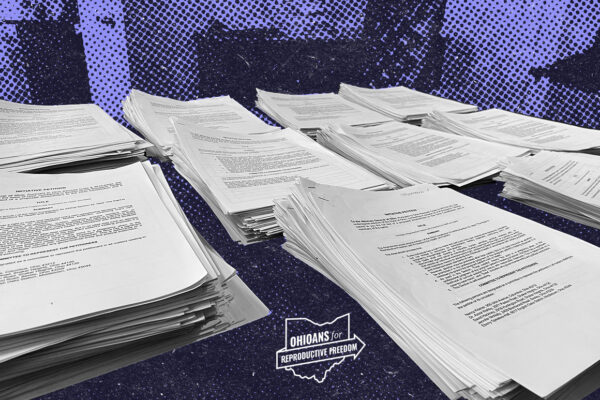Great question.
To be clear, we have not one, but two big hurdles ahead.
First, the Ohio Attorney General has 10 days (until March 3) to certify our filing.
- If Attorney General Yost approves the petition, it then goes to the Ohio Ballot Board.
- The Ohio Ballot Board then has an additional 10 business days to determine that the petition includes only one constitutional amendment.
- If the Ohio Ballot Board certifies the petition, it gets filed with the Secretary of State and we are good to go! Time to get out into the field to start collecting signatures.
- If the Ohio Ballot Board denies the petition for any reason, then we must begin the process again - from the very start.
- The Ohio Ballot Board then has an additional 10 business days to determine that the petition includes only one constitutional amendment.
- If Attorney General Yost rejects the petition for any reason, we must begin the process again.
- In this outcome, Ohioans for Reproductive Freedom will need to update our ballot language, re-collect the initial 1,000 signatures, and re-file our paperwork with the Ohio Attorney General. Whenever we re-file the paperwork, the clock starts over, and the Ohio Attorney General has another 10 days to approve or reject. (And then remember, it will still have to go to the Ohio Ballot Board after that).
- Note: If you signed on to the first 1,000 signatures, you can RE-SIGN if we must start the process over and regather 1,000 signatures.
We can’t collect any signatures until we clear both hurdles. Unfortunately, there is no limit on how many times we could go through this cycle.
This approval process takes some time, but we still need you to join our volunteer army, so that when we have the official greenlight, we will be ready to get into communities and engage with Ohio voters about this incredibly important issue.
Once our filing is certified, the real work begins. To put our constitutional amendment on the November 2023 ballot, we have to collect a number of signatures equal to 10% of the vote total of the previous gubernatorial election. That’s 402,598 valid signatures by July 5. That’s a lot, especially since campaigns generally need 2 ‘raw’ signatures to collect 1 valid signature. So we’re talking nearly 1 million signatures total. ORF’s organizers maintained an 80% validity rate on this first collection, but things get trickier the more signatures you need!


